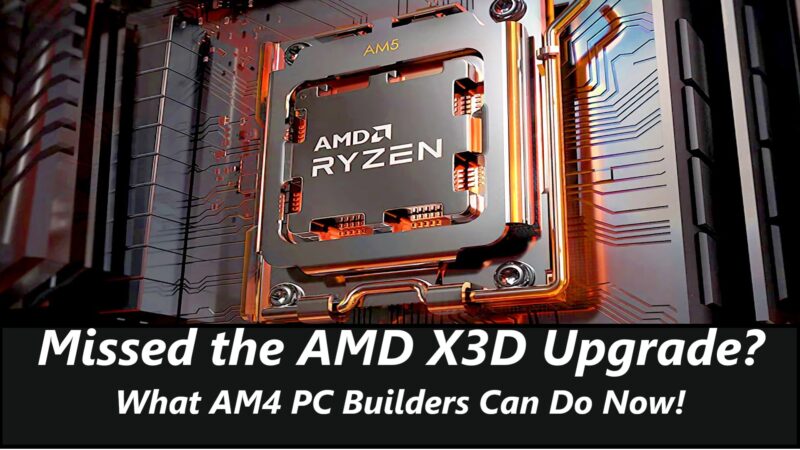A Comprehensive Look at NVIDIA’s RTX 5000 Series GPUs and AMD’s Upcoming Competition.
The gaming and graphics community is buzzing with excitement following the recent NVIDIA’s RTX 5000 Series CES 2025 announcements. NVIDIA unveiled its highly anticipated RTX 5000 series GPUs, while AMD teased the arrival of its RDNA 4 lineup. In this article, we explore the details of these new GPUs, analyzing specifications, performance, pricing, and power consumption, and comparing them to their predecessors and competitors.
NVIDIA’s RTX 5000 Series: Cutting-Edge Innovations with Caveats

NVIDIA’s CEO, Jensen Huang, delivered a polished presentation, showcasing the company’s flagship RTX 5080 and 5090 GPUs. While the event highlighted substantial advancements, it’s worth taking a closer look at the details behind the claims.
As expected, NVIDIA’s marketing focused heavily on performance gains, emphasizing a 2x performance increase compared to the RTX 4090. However, these figures heavily relied on the 4th-generation AI-driven frame generation technology, which can generate up to four additional frames per standard rendered frame.
While this innovation represents a leap forward in gaming and rendering, it skews comparisons to previous generations, particularly in raw rasterization performance. For example, despite minimal increases in CUDA core counts, the reliance on AI frame generation makes it difficult to draw a clear, apples-to-apples comparison between the RTX 5000 series and its predecessors.
Independent reviews from trusted sources such as Hardware Unboxed(Video) and Gamers Nexus (video) are expected to provide more balanced insights once embargoes lift near the official release date of January 30, 2025. Until then, prospective buyers are advised to remain patient and hold off on major purchasing decisions.
AMD: The Missing Competitor
One notable absence during CES was AMD’s next-generation Radeon GPUs. Although a brief Q&A session provided some hints about the company’s plans, a formal unveiling of its RDNA 4 series didn’t eventuate at all. We can expected to challenge NVIDIA’s mid-range 5070 and 5070 Ti with AMD’s imminent release but the full details still remain shrouded in secrecy. Reports suggest AMD will now host a separate launch event later in January, potentially offering a more focused and competitive presentation.
Its looks like a lets see what NVIDIA offers and prices before announcing their own skews and prices. I’m hoping to see better price to performance and more VRAM in AMD’s range which is likely going to sway me to the RED TEAM in the future.
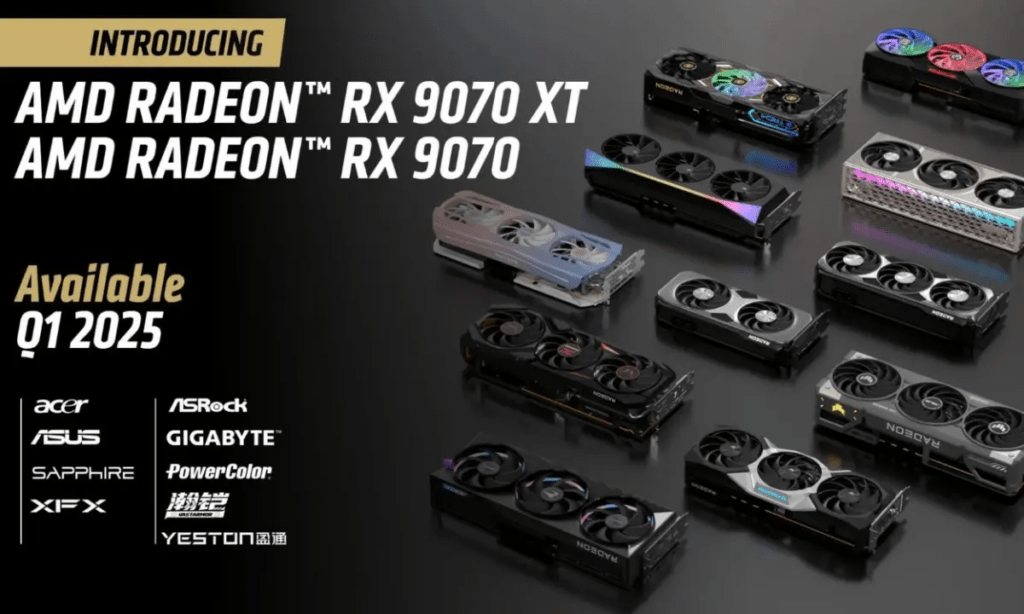
AMD’s history of delivering exceptional price-to-performance ratios and generous VRAM allocations leaves many enthusiasts hopeful for a strong response to NVIDIA’s offerings. However, for those waiting to switch to Team Red, the delay adds a layer of uncertainty.
- Joystick / HOTAS – AMAZON.com
- Rudder Pedals – AMAZON.com
- Throttle Quadrant – AMAZON.com
- Gaming Chair – AMAZON.com
- VR Headset – AMAZON.com
VRAM Concerns with NVIDIA’s RTX 5070
One recurring concern within the gaming community is the RTX 5070’s 12GB of VRAM. For users of demanding applications like DCS World multiplayer, this amount may feel insufficient, particularly when upgrading from an RTX 3070’s 8GB. Reports of stuttering, freezing, and crashes due to VRAM limitations are all too common in such scenarios, leaving some users skeptical about whether 12GB is adequate for the future.
NVIDIA will need to demonstrate how advancements in memory efficiency or other optimizations address these concerns. Without clear evidence, many gamers and professionals may hesitate to adopt the RTX 5070, fearing it might not meet their needs in high-demand applications.
NVIDIA’s RTX 5000 Series – Thoughts
While the RTX 5000 series represents an exciting leap forward, early marketing has left key questions unanswered, particularly around raw performance and real-world usability. AMD’s absence at CES further complicates the picture, leaving potential buyers in a holding pattern.
With independent benchmarks and AMD’s response expected soon, there is every reason to remain optimistic that the coming months will bring clarity and competition to the GPU market. Patience, as always, will be rewarded as the full picture comes into focus.
NVIDIA RTX 5000 Series: Specifications and Performance
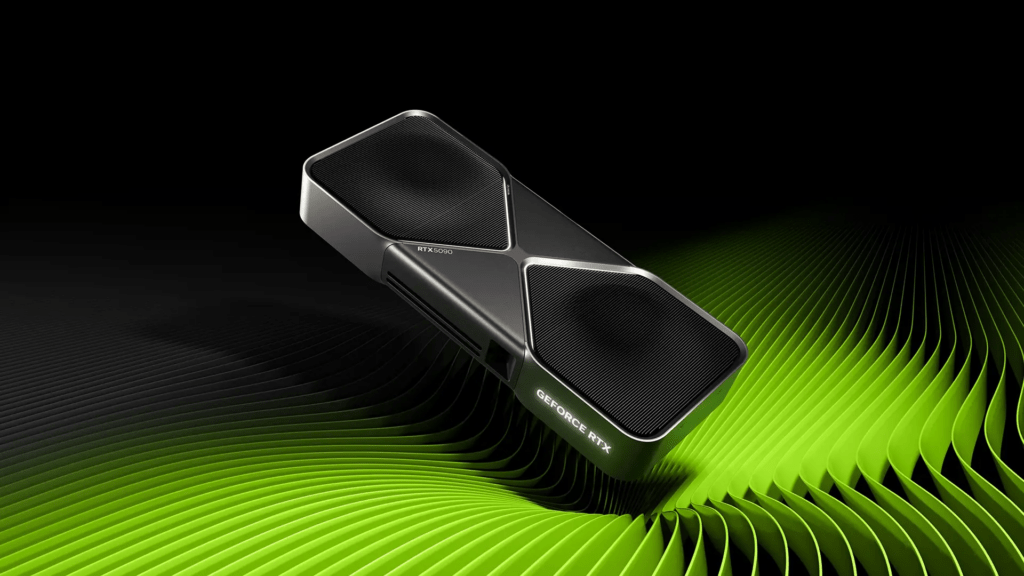
Flagship Models and Specs
- RTX 5090
- CUDA Cores: 21,760
- Memory: 32GB GDDR7
- Performance: Up to 2x the RTX 4090’s capabilities
- Power Consumption: 500W (50W more than the RTX 4090)
- Price: $1,999
- RTX 5080
- CUDA Cores: Slightly below the RTX 5090
- Memory: 24GB GDDR7
- Performance: Comparable to RTX 4090
- Price: $999
- RTX 5070 Ti
- Memory: 16GB GDDR7
- Performance: Positioned between the RTX 4080 and 4090
- Price: $749
- RTX 5070
- Memory: 12GB GDDR7
- Performance: Matches the RTX 4090’s capabilities
- Price: $549

Performance Metrics: A Generational Leap
NVIDIA’s RTX 5000 series promise substantial performance improvements, attributed to its adoption of GDDR7 memory and advanced architectural refinements. Compared to previous generations:
- 3000 vs. 4000 Series:
- The RTX 4000 series, particularly the RTX 4090, delivered a 50-70% performance boost over the RTX 3000 series in real-world gaming scenarios.
- 4000 vs. 5000 Series:
- The RTX 5090 claims up to double the performance of the RTX 4090, making it a monumental upgrade for enthusiasts.
- The RTX 5070 delivers RTX 4090-level performance at a fraction of the price, marking a new benchmark in price-to-performance value.
The reviewers looking at the current specs suggest the Nvidia RTX 5090 will be more like 30% faster than the previous generation. Its likely NVIDIA are relying more on the new frame generation to boost the perceived performance as opposed to raw raster performance. THe issue with frame generation is that it can be laggy in high refresh rate games so it will be interesting to see how the new technology performs in the real world benchmarks. Patience grasshopper.
Pricing and Power Consumption
Price Comparison
- The RTX 5000 series introduce a more competitive pricing structure:
- RTX 5090 ($1,999): Maintains the premium price point of flagship GPUs.
- RTX 5080 ($999): Matches the RTX 4080’s launch price but offers far superior performance.
- RTX 5070 Ti ($749): Affordable for high-performance gaming.
- RTX 5070 ($549): Breakthrough pricing for performance equivalent to the RTX 4090.
Power Consumption
- While the RTX 5090 consumes 500W, a 50W increase over its predecessor, NVIDIA’s use of GDDR7 memory ensures improved power efficiency overall.
- Lower-tier models like the RTX 5070 are designed with mainstream gamers in mind, offering balanced power consumption and performance.
AMD’s RDNA 4 GPUs: A Competitive Contender?
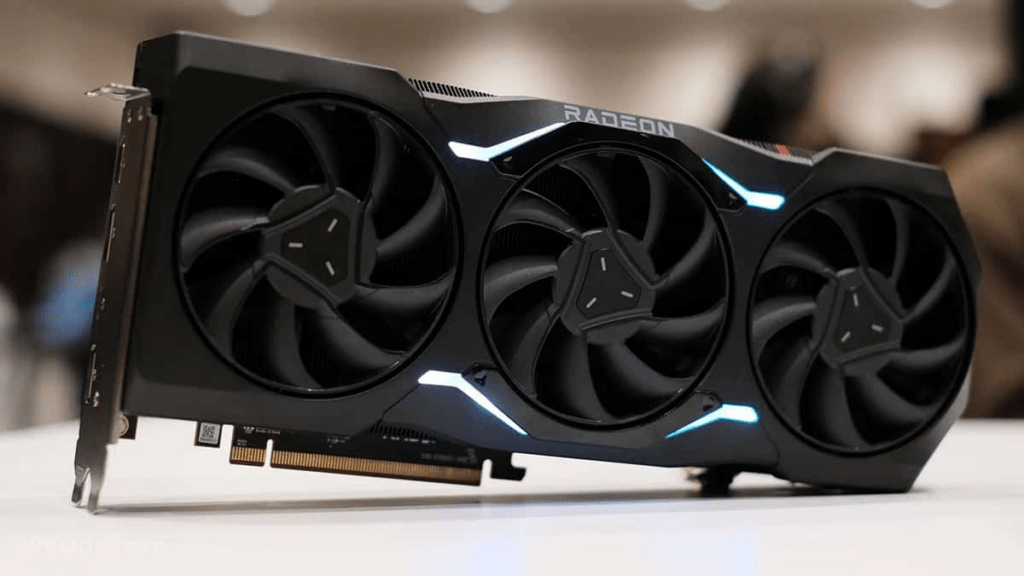
AMD’s upcoming RDNA 4 GPUs, including the Radeon RX 9070 XT and RX 9070, aim to challenge NVIDIA with innovations such as:
- FSR4 (FidelityFX Super Resolution 4): Enhanced upscaling and frame generation technology.
- Pricing: Although AMD has not disclosed specifics, their strategy likely focuses on offering high value at competitive price points.
- Release Details: AMD has yet to reveal exact launch dates or detailed performance metrics, but early indications suggest these GPUs could rival NVIDIA’s mid-tier offerings.
Generational and Competitive Comparison
| GPU | Memory | Power | Performance (Relative) | Price |
|---|---|---|---|---|
| RTX 4090 | 24GB GDDR6X | 450W | 1x | $1,599 |
| RTX 5090 | 32GB GDDR7 | 500W | 2x | $1,999 |
| RTX 4080 | 16GB GDDR6X | 320W | 0.7x | $1,199 |
| RTX 5080 | 24GB GDDR7 | ~350W | 1x | $999 |
| RX 7900 XTX (AMD) | 24GB GDDR6 | 355W | 0.8x | $999 |
| RX 9070 XT (AMD)* | TBD | TBD | TBD | TBD |
(*AMD’s RDNA 4 performance and pricing are speculative based on early leaks.)
What Does This Mean for Gamers and Creators?
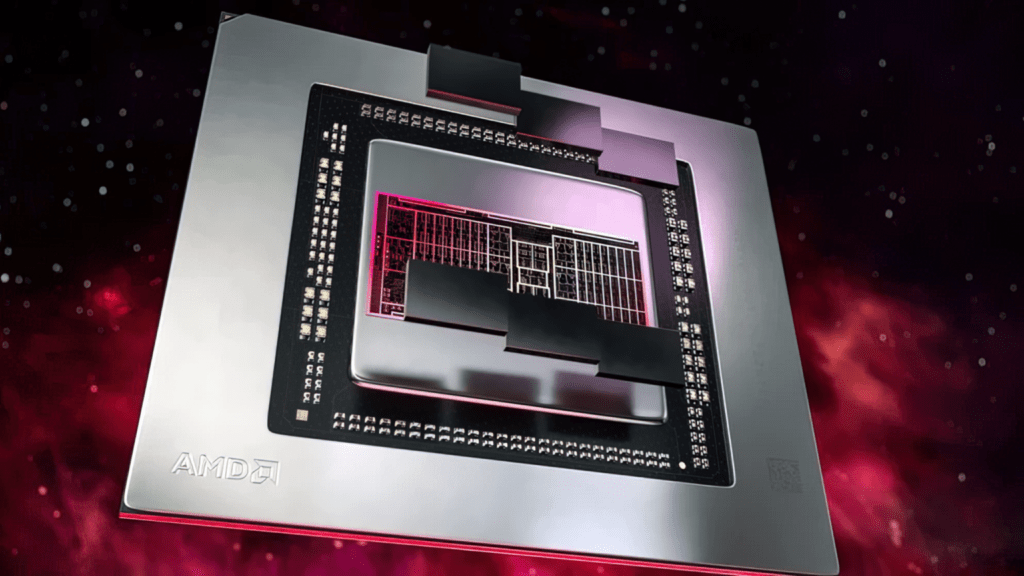
- Gamers: The RTX 5000 series redefine what’s possible, offering flagship-level performance at mid-tier prices (e.g., RTX 5070 at $549). For gamers on a budget, AMD’s upcoming RDNA 4 GPUs could provide compelling alternatives.
- Content Creators: With up to 32GB of GDDR7 memory, the RTX 5090 and RTX 5080 are perfect for 3D rendering, video editing, and AI workflows, offering unmatched performance.
- Efficiency: Both NVIDIA and AMD are making strides in power efficiency, ensuring their GPUs cater to gamers and professionals alike without drastic power demands.
- Latest CPU’s Available Now – Amazon.com
- Get a NEW GPU Best Performance – AMAZON.com
- Upgrade RAM Here today – AMAZON.com
- Prebuilt PC Options – AMAZON.com
Conclusion: A Transformative Year for GPUs
NVIDIA’s RTX 5000 series set a new standard for performance and value, while AMD’s RDNA 4 lineup promises stiff competition. Whether you’re upgrading from the RTX 3000 series or considering a shift from AMD to NVIDIA, 2025 is shaping up to be a transformative year for GPU technology.
Stay tuned for further updates as benchmarks and AMD’s official specifications are revealed!
Author

Brendon McAliece (Aka Gunnie) is a military veteran with 23 years working on Jet Fighters, their weapons systems and ejection seat/module systems as well as munitions and R&D. Involved with flight simulation since the 1980s, he has flown all the major flight simulators over the years.
He is an Australian expat who has lived in Malaysia, UK, Saudi Arabia and more recently Thailand. He is a multi-lingual blogger who loves to share his life experiences here on LetsFlyVFR.com and DreamingGuitar.com, with his lifestyle and Travel experiences Blog plus his Dreaming Coffee website.
Learn More @
DreamingGuitar.com – DreamingCoffee.com – LetsFlyVFR.com
( HOME – BLOG – SHOP – ABOUT )
As an Amazon affiliate I may benefit from qualifying sales.




